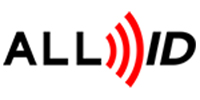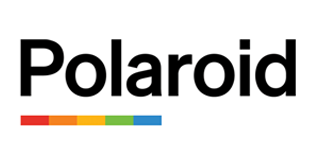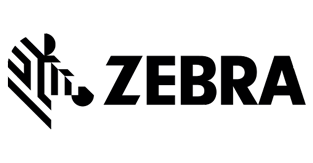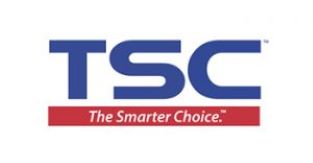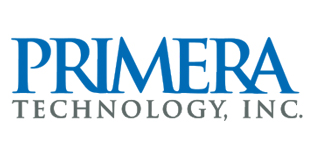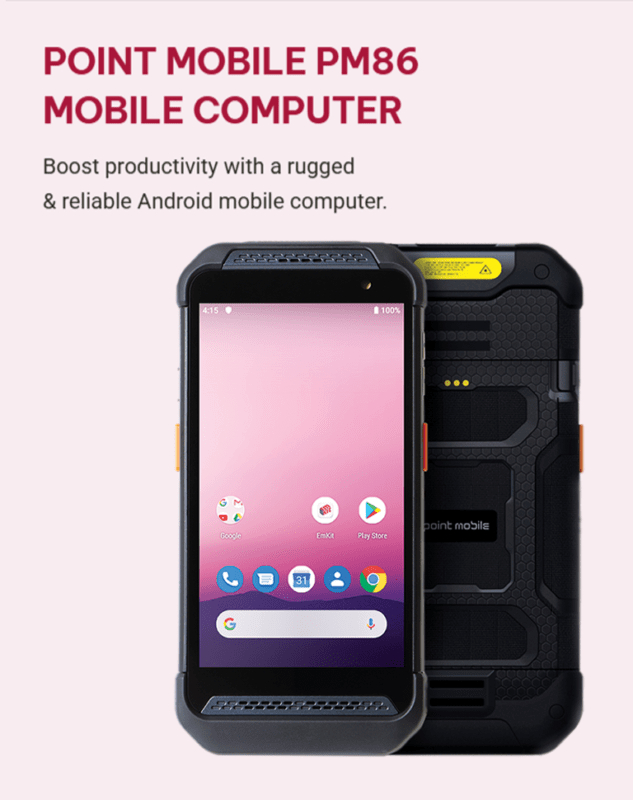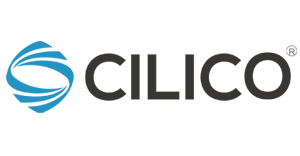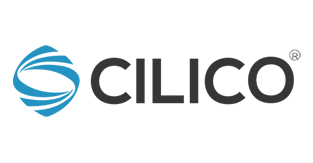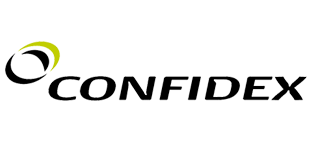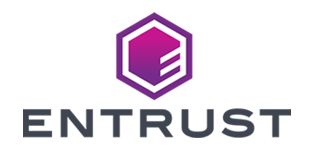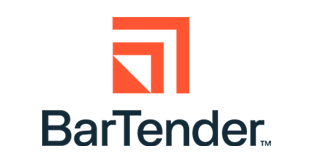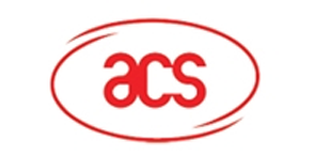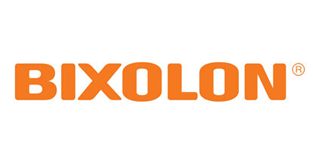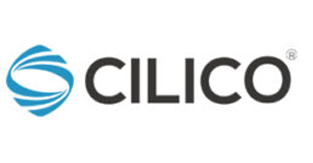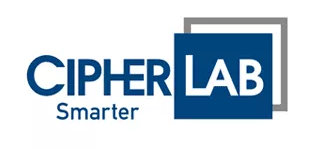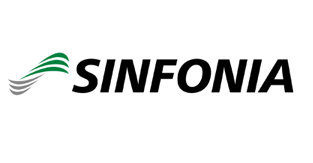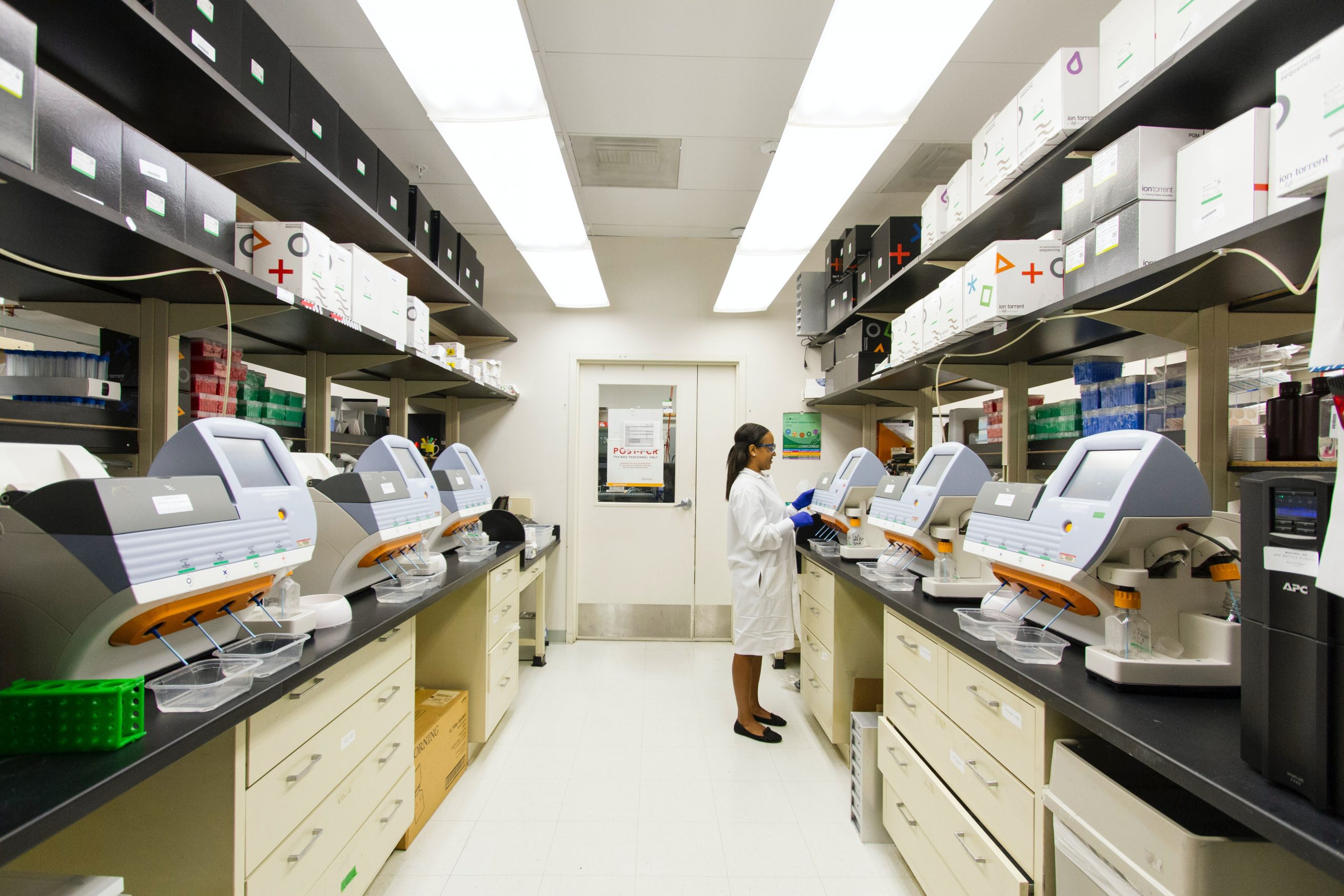
With over 50,000 employees in 70 countries, Siemens Healthineers supports hospitals and clinics in digitising healthcare to accelerate the move to precision medicine, transform care delivery and improve patient experiences. It’s estimated that 5 million patients a day benefit from its diagnostic and therapeutic imaging, laboratory diagnostics and molecular medicine as well as digital health and enterprise services.1 Siemens Healthineers blood gas systems are widely used in Intensive Care Units (ICUs) across the world and its latest device, the RAPIDPoint® 500e Blood Gas System, offers a new level of performance. Its availability is especially timely given the emergence of Covid-19.
The RAPIDPoint 500e Blood Gas Analyser
The analyser builds on Siemens Healthineers extensive expertise in blood gas systems to deliver enhanced performance in three key areas:
- Sample to Sample Integrity: The company’s integrated Integri- sense TechnologyTM performs frequent checks before, during and after each sample. In addition, three levels of automatic quality control, multiple calibration routines and advance algorithms ensure reliable and clinically actionable results every patient sample.
- Data Security: To protect clinics from cyber threats, the analyser is the first blood gas system built on Windows® 10. The operating system provides advanced threat protection, complemented by additional features in the system to optimise security. These include malware protection, a firewall to block hackers and two-step user authentication.
- Simplicity: The system is intuitive and delivers results in 60 seconds. Clinicians print a barcode label containing patient ID and apply this to the syringe. Before using the analyser they scan their Operator ID (the system checks they are qualified to use the machine) and the barcode on the syringe too. With the scans complete and the syringe inserted into the sample port, the Operator hits the start button on the touchscreen. The test commences with assays available across a range of key markers including blood gas, electrolytes, metabolites and CO-oximetry. Results are available in 60 seconds, the patient’s records can be electronically updated and, in the case of diseases like Covid-19, rapid decisions can be made about ventilator settings and diagnoses.
Enhancing Care Services with 2D Barcodes
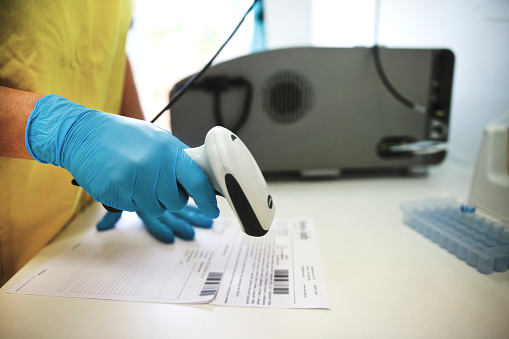
Siemens Healthineers developed original software to enable the 2D scanning capability offered by Zebra’s imager to be used in the analyser. 2D barcodes allow data to be read horizontally as well as vertically and contain far more information than 1D bar codes. The move to 2D codes, driven by initiatives such as the GS1 standard, is gathering pace globally. A case in point is the UK’s National Health Service where a project is piloting the use of 2D barcodes to track patients, medical supplies and implants.2 Initial findings suggest that savings of £1 billion could be achieved in seven years through the streamlining of workflows, reducing clinical error and improving supply management.
The combination of the software written by the Siemens Healthineers team and the Zebra scanner can record up to 10 fields in less than a second, including the patient’s name, age, sex, their physician, sample time and date, and location. Richin Bhandavat, Global Marketing Manager, Critical Care at Siemens Healthineers, says: “We’ve had a long-standing relationship with Zebra, and its OEM scanning technology is renowned for the quality of its components and the speed and accuracy of data capture. We need high-end components in our medical devices and we value the assurance we get from using Zebra’s premium components. We also work together on product development.”
Customising Component Performance
Zebra’s OEM organisation helps its partners develop innovative data capture solutions. While the Siemens Healthineers team wrote their own scanning firmware for the analyser, they looked to Zebra to provide a unique design for the scanner’s laser. “The scanning laser is continuously on. In some clinical environments, such as at night in the ICU, patients and caregivers felt that the red light was bright,” says Richin Bhandavat. “Zebra commissioned one of its partners, medical specialist JADAK, to install a proximity sensor so the laser only comes on when the device is used. This type of innovation brings added value to our relationship and ultimately helps us achieve our vision of transforming care delivery through technology.”
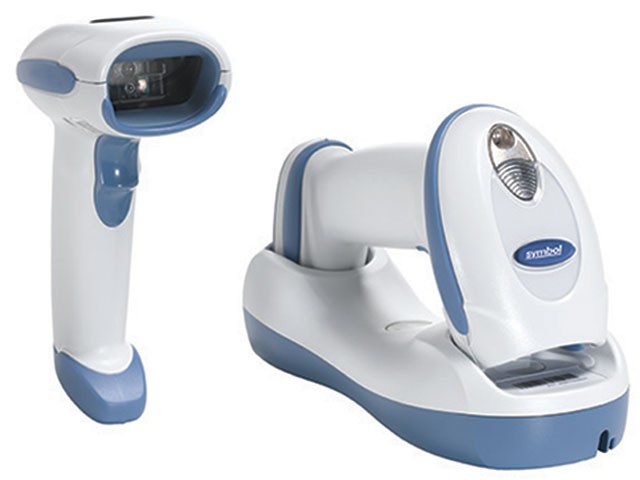
Rapid and accurate first-time data capture
The analyser has two scanning options that both read 1D and 2D codes. The first is an integrated scanner that weighs in at under 9 grams and requires just 4 cubic centimetres of space. It offers full omnidirectional scanning to eliminate the need to align the syringe parallel to the imager. With a bright central dot that ensures quick and accurate scanning all but eliminating the need for staff training. The second scanning option is a handheld scanner, the DS4308-HC / DS4608-HC. With disinfectant ready housing, this scanner can handle regular sanitising with popular disinfectants to prevent the spread of infection and comes pre-configured for all the functionality required by the analyser. Which scanning option is selected is really down to user preference; some clinics and their staff choose the integrated option, and some prefer using the external device.
Article Credit: https://www.zebra.com/ap/en/resource-library/success-stories/siemens-healthineers.html
